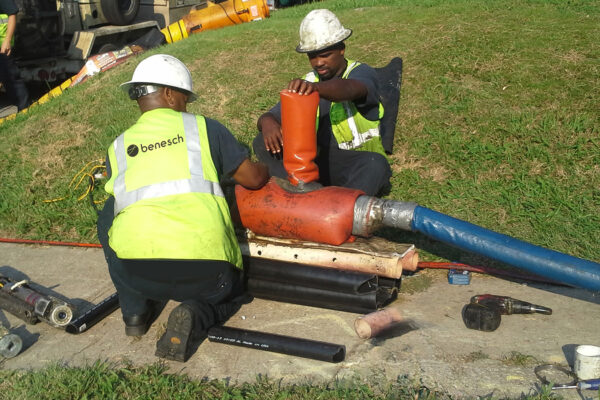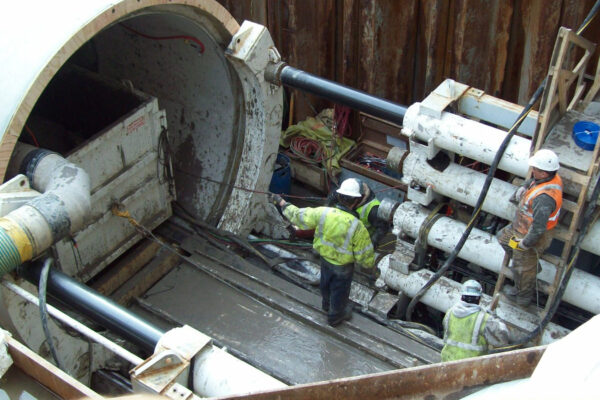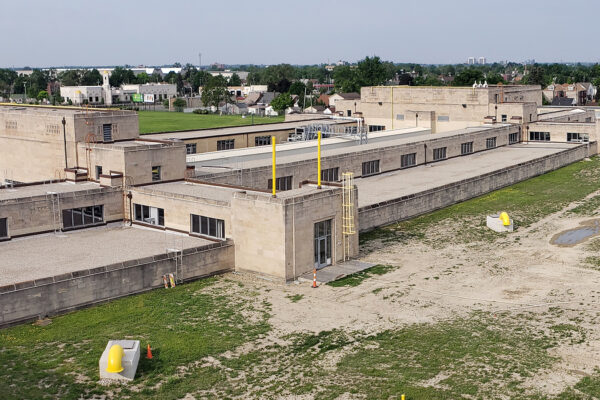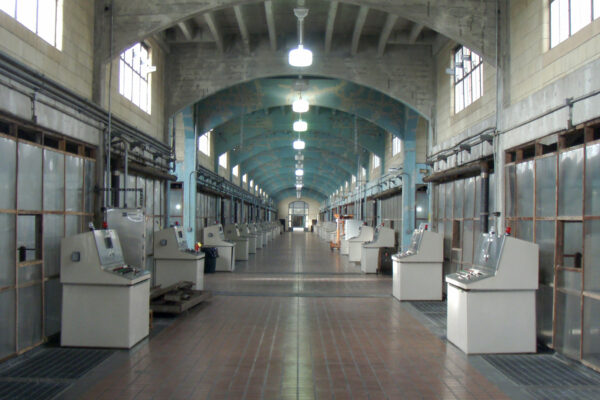Wastewater Treatment Plant Master Plan
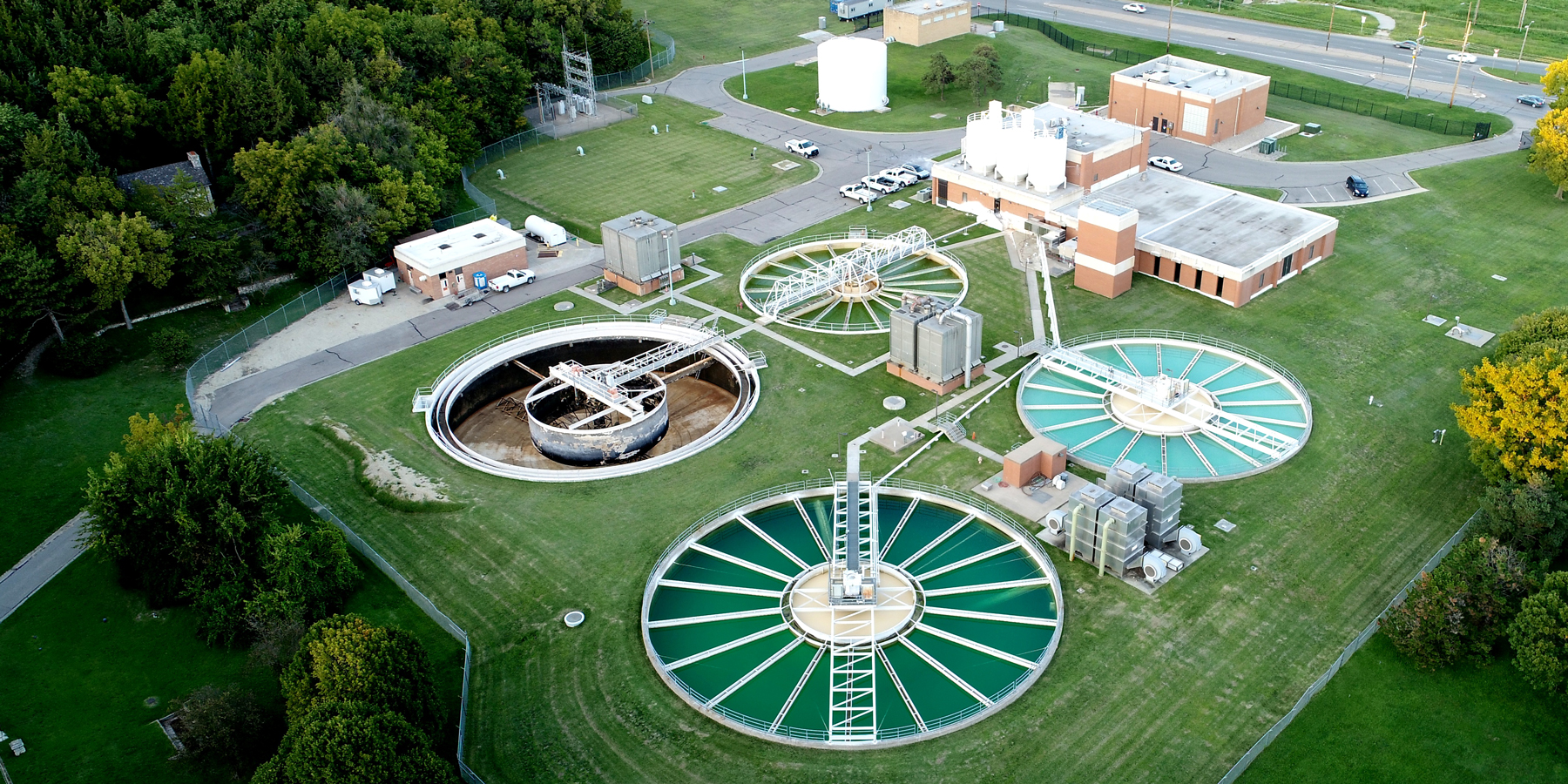
The City of Manhattan has a population of approximately 58,000 located at the junction of the Kansas and Blue Rivers between Topeka and Salina. The City owns and operates its water and wastewater utility, which consists of the water distribution system, wastewater collection system, water treatment plant and wastewater treatment plant. In addition to serving its residents, the City is a regional water and wastewater supplier for several surrounding communities.
Benesch reviewed multiple aspects of the City’s water and wastewater operations. For their water operations, Benesch prepared recommendations for the expansion of the City’s well field, implementation of a wellhead protection program, and alternatives to increase the City’s water production capacity.
For the City’s wastewater operations, Benesch prepared recommendations for the City’s biosolids handling process, including a review of multiple process options. As part of this review, the current biosolids stabilization process was reviewed for effectiveness and alternatives will be developed to incorporate redundancy within the system.
In addition to the facility planning described above, two unique features of our scope of work was an Asset Management component as well as a full analysis of potential risks to their facilities using the Environmental Protection Agency’s (EPA) Route to Resilience (RtoR) Tool. Benesch prepared an inventory of all equipment at the treatment facilities, determined the remaining service life, lifecycle costs and cost to replace the equipment over the 20-year planning period.
Using the EPA’s RtoR tool, a risk and vulnerability assessment for the City’s water and wastewater facilities was prepared. Based on those assessments, Benesch developed recommendations to mitigate several potential risks including flooding, extreme weather events, physical attack and other scenarios. Flooding of wastewater treatment plant and the City’s water supply well field was a particular concern given their proximity to both the Kansas River and Blue River.
Finally, an important aspect of all phases of the project included a high level of stakeholder involvement. Benesch, along with City staff, engaged multiple stakeholders, including their regional customers, to solicit feedback.

